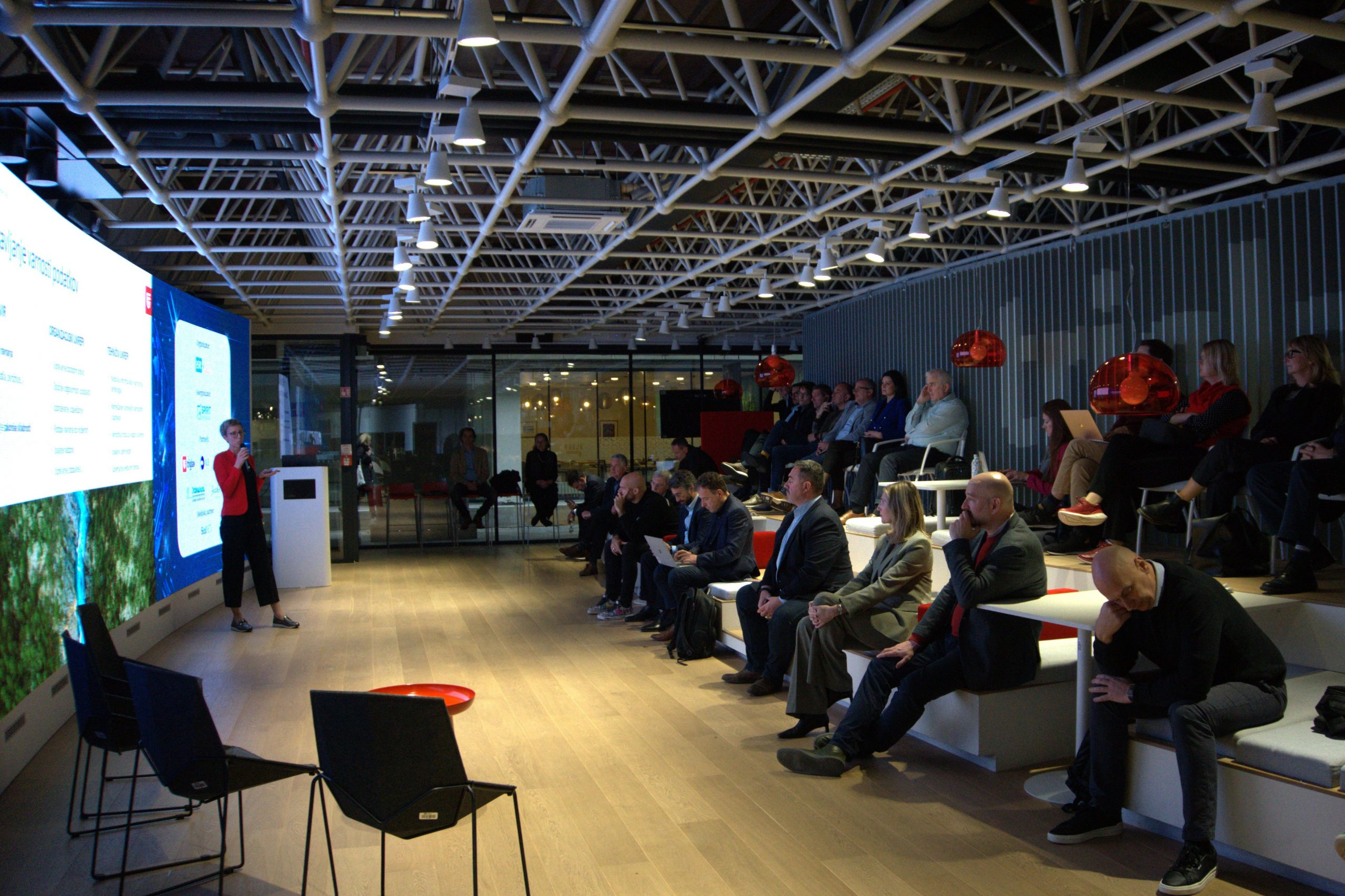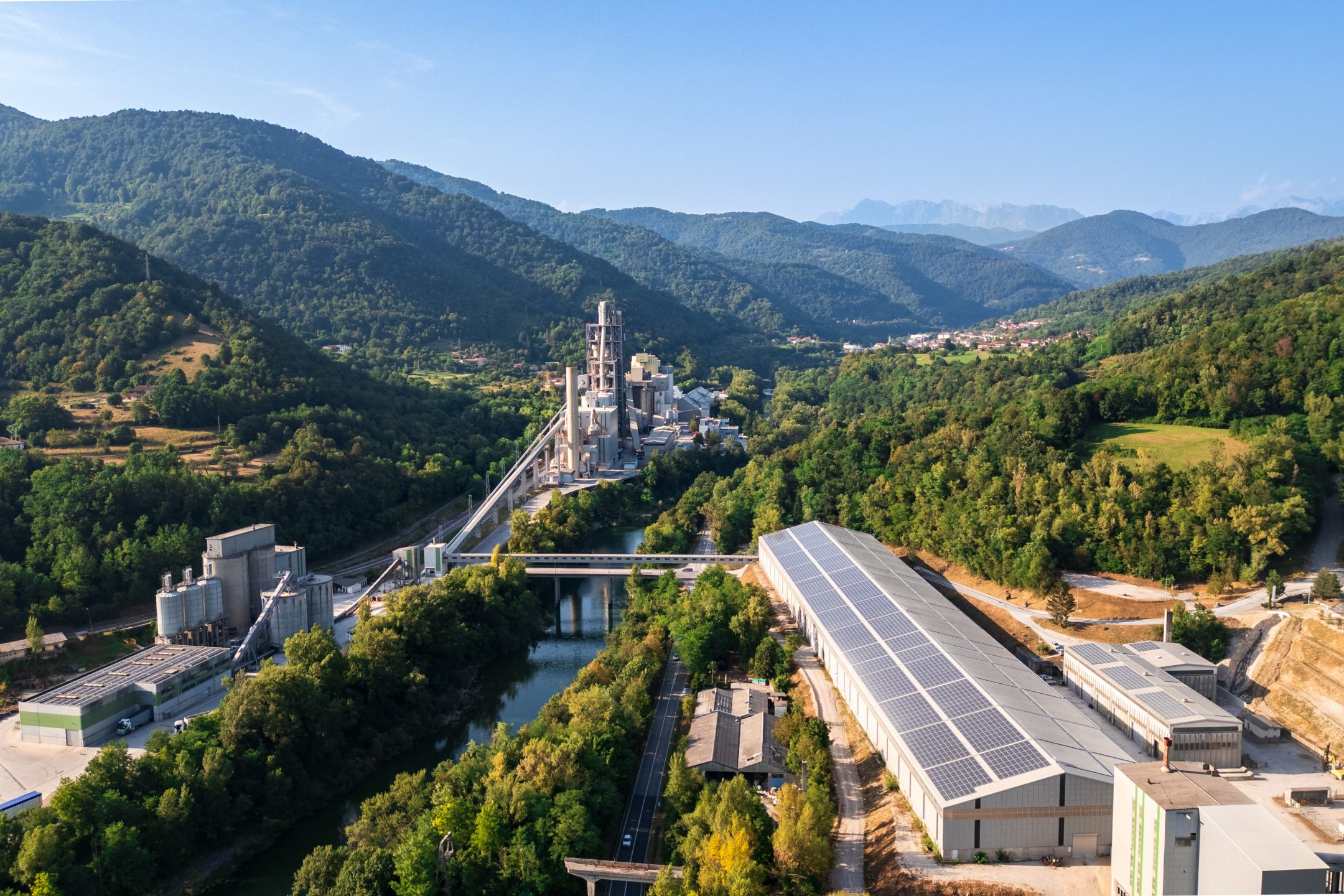Overhead text
The Energy Transition May Reshape Western Balkans
Barbara Matijašič
JOURNALIST AT THE ADRIATIC
In November 2021, the COP26 conference brought together different parties to accelerate action towards the goals of the Paris Agreement and the UN Framework Convention on Climate Change. Conclusions?
Some significant accomplishments, including new pledges on methane gas pollution, deforestation, coal financing, as well as noteworthy U.S. – China cooperation.
Western Balkans are no exception to international guidelines and obligations on climate change, all the more so because the region has been hit hard by the climate crisis. For example, ensuring diversity of water resources is a major concern shared by all countries – because of shared exposure to flood risks of water scarcity in agriculture and energy.
Not Much Time Left for Words
To mitigate the catastrophic impacts of climate change, leaders must transcend their narrow political agendas, and come to accept energy transition not as a threat, but an opportunity – and commit to strong strategic action plans. In a report of 2019, The Western Balkans Investment Framework notes how the Balkans energy sector is characterized by insufficient and aging infrastructure, high reliance on fossil fuels, late adoption of renewables beyond hydropower and residential biomass, low energy efficiency and productivity, high rates of energy poverty despite typically high levels of direct and hidden energy subsidies (mostly targeted towards fossil fuels), limited market mechanisms, and private sector participation. As a result, the region is witnessing one-of-a-kind dual transition from centralised state-controlled systems to open and competitive markets as well as a move toward decarbonization. In this article, we showcase different good practices, projects and ambitions in adapting tougher climate goals for 2030, aiming for net-zero emissions by the mid-century.
Montenegro Example Project - The National Adaptation Plan (NAP)
North Macedonia Example Project - Solar Power Plants in Pehčevo and Karbinci
Serbia Example Project - Green Rural Deal and Energy Transition in Priboj
Albania Example Project - Modernising Solid Waste Management Systems
Bosnia and Herzegovina Example Project - Integrating Climate Change Into Flood Risk Reduction in the Vrbas
Kosovo Example Project - Support Schemes For Low and Middle-Income Families for Installing Rooftop Solar Panels
Croatia Example Project - Post-earthquake Reconstruction
Slovenia Example Project - Promoting the Uptake of Public Transport
THE ADRIATIC
This article was originally published in The Adriatic: Strategic Foresight 2022
If you want a copy, please contact us at info@adriaticjournal.com.









